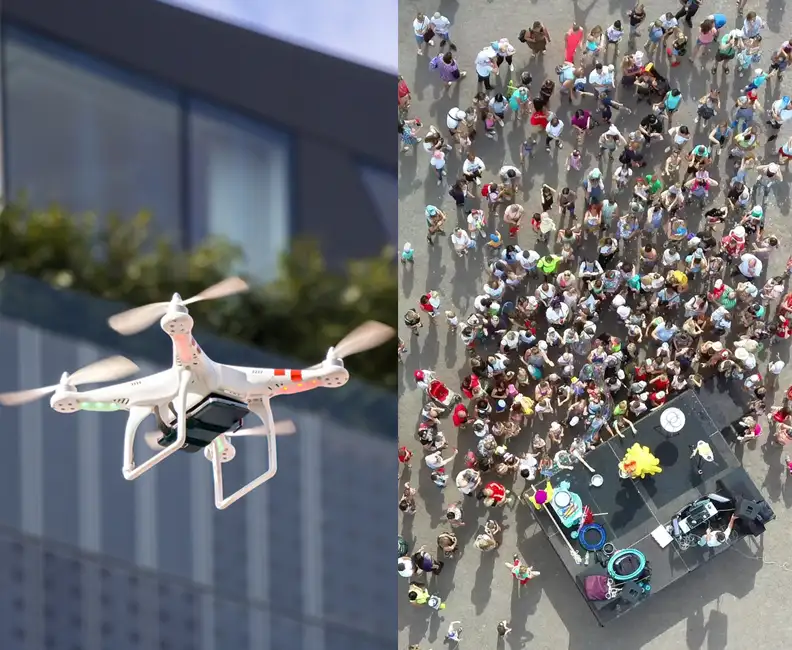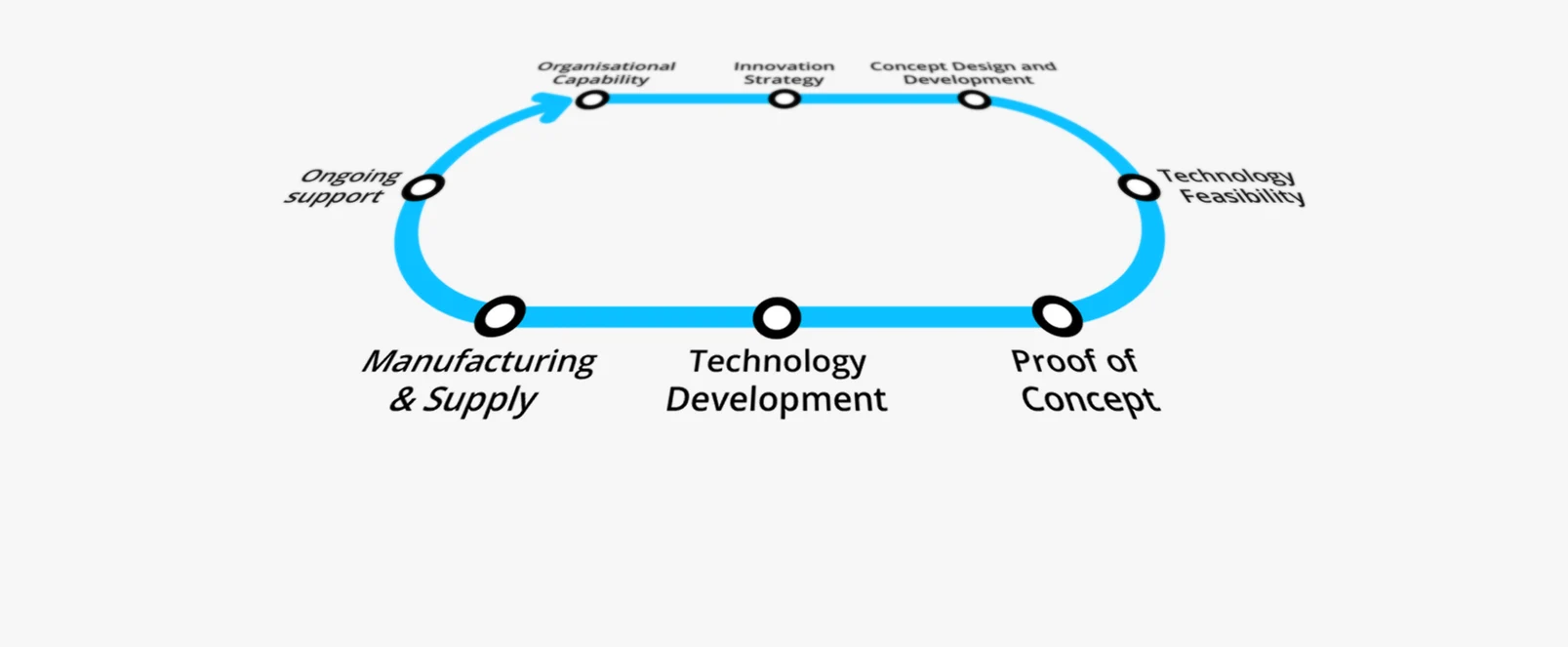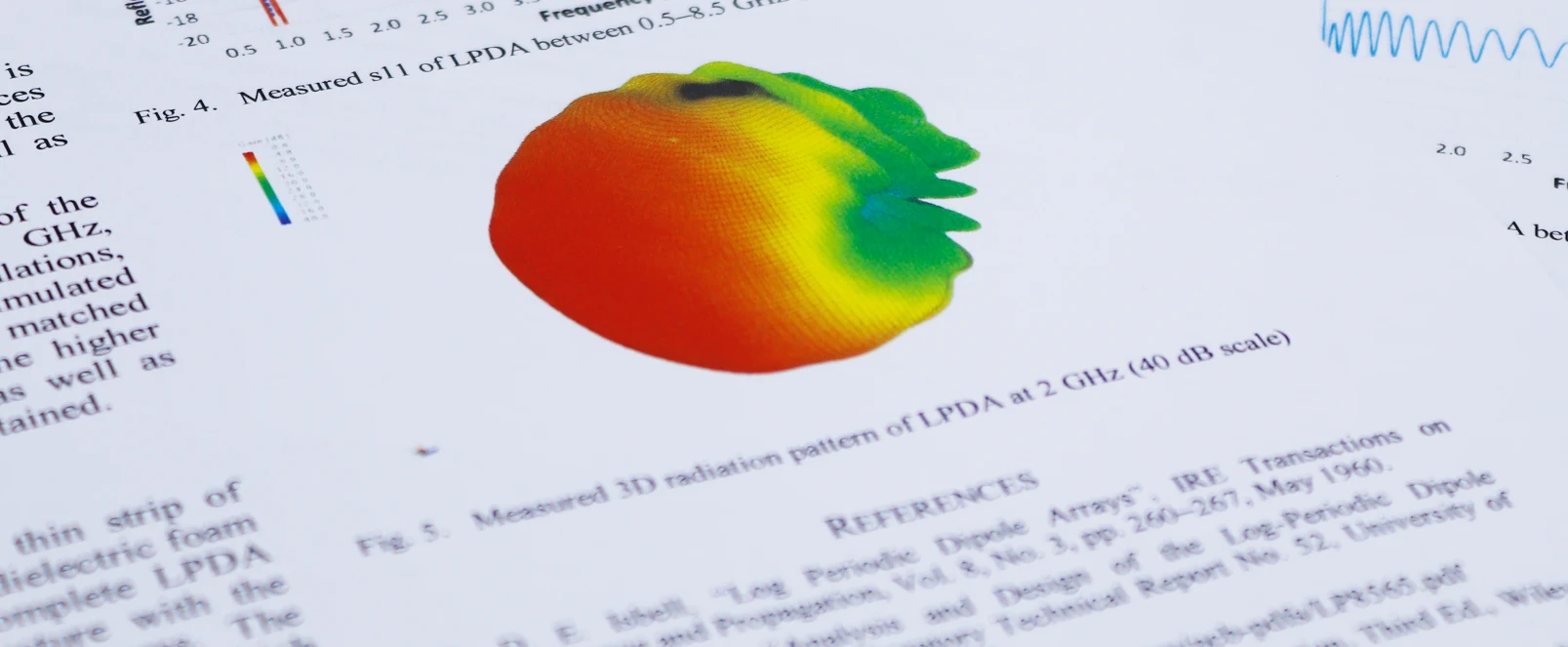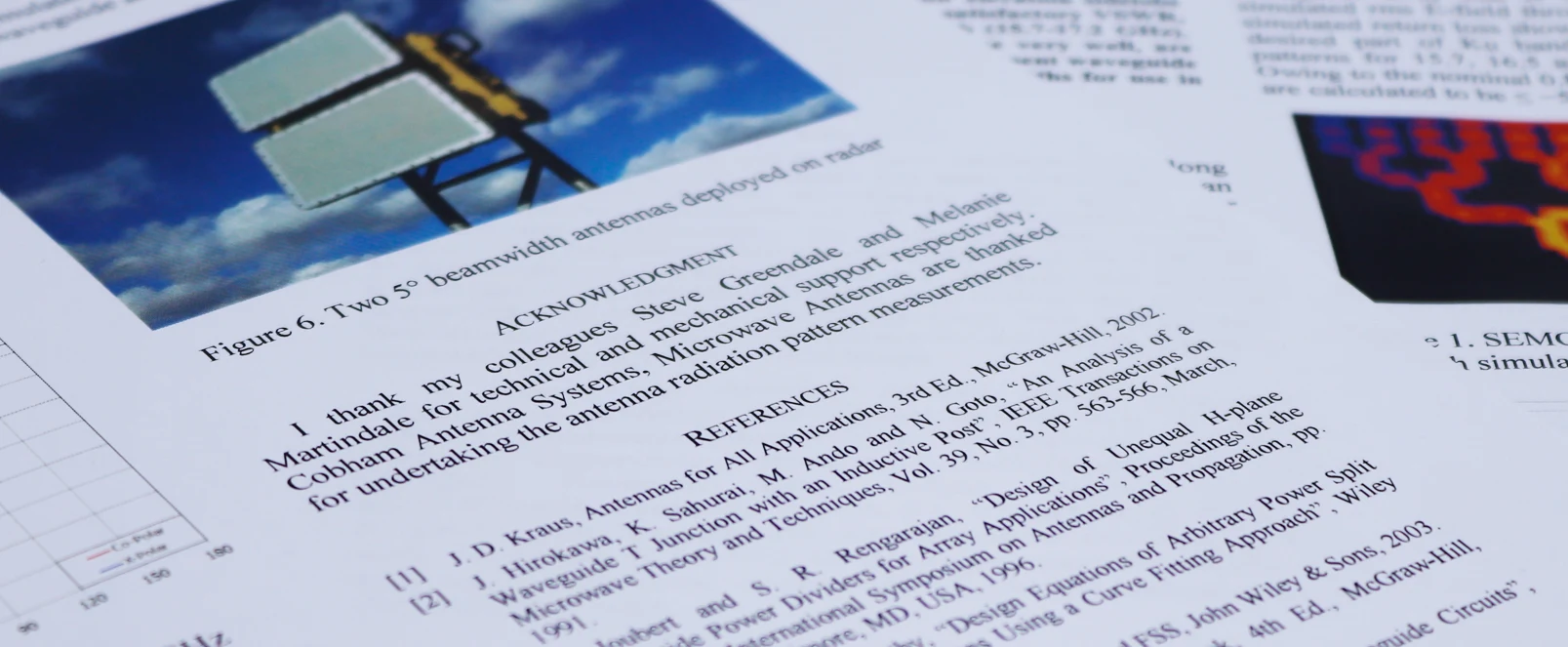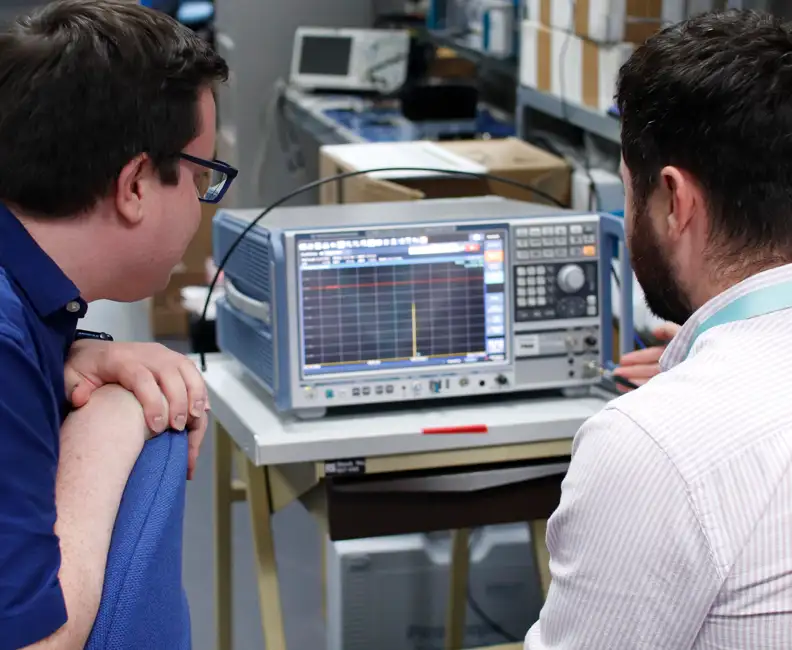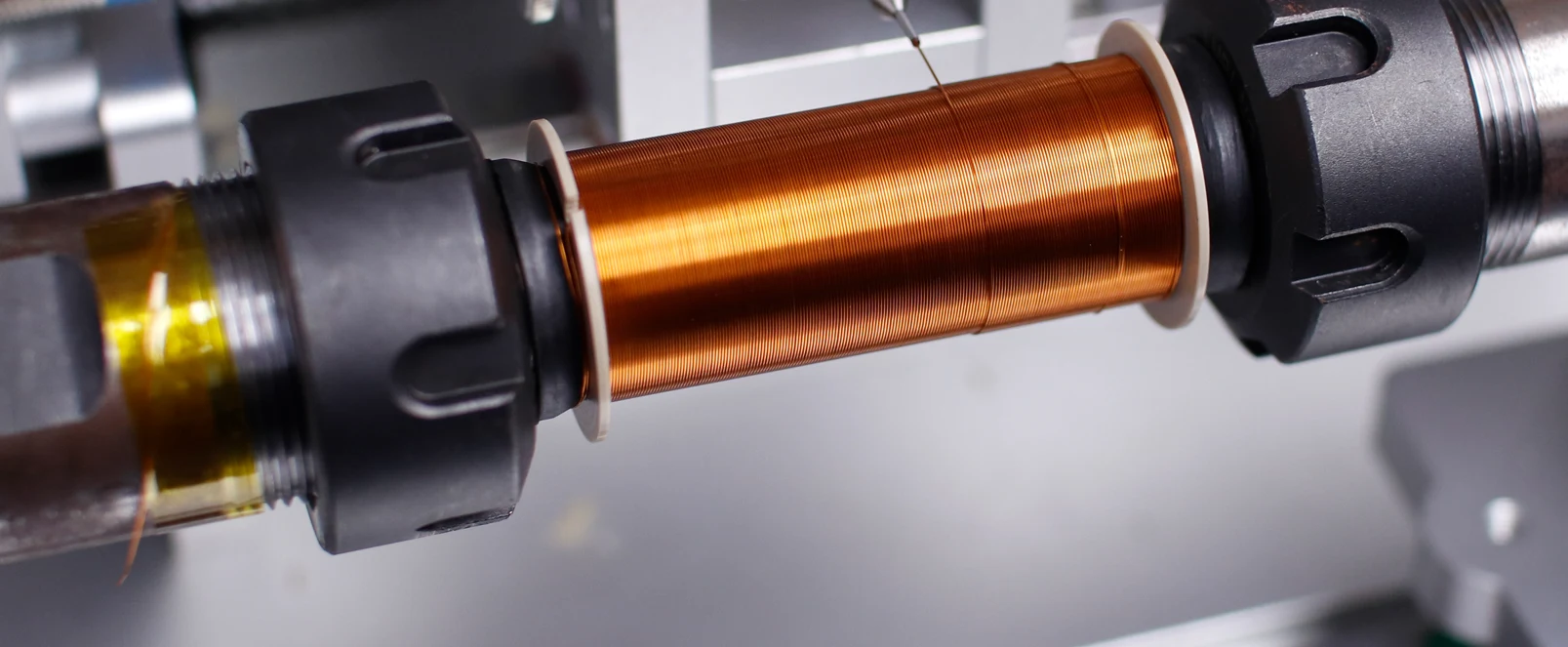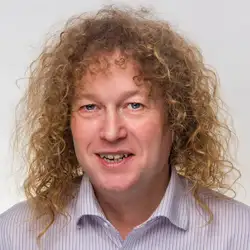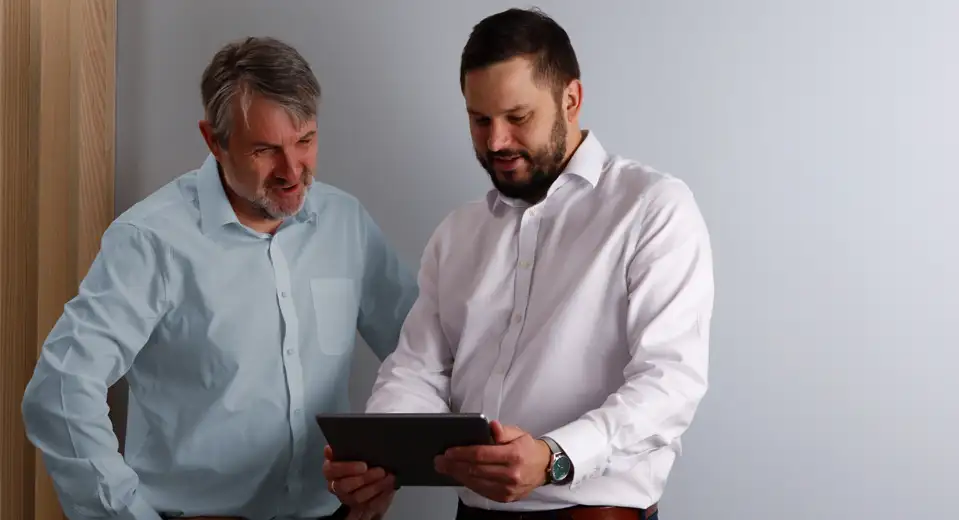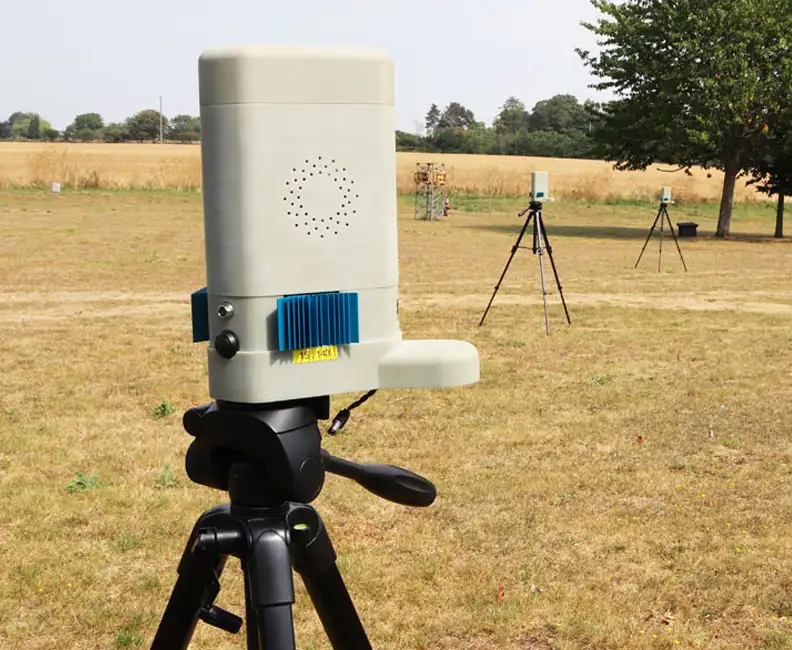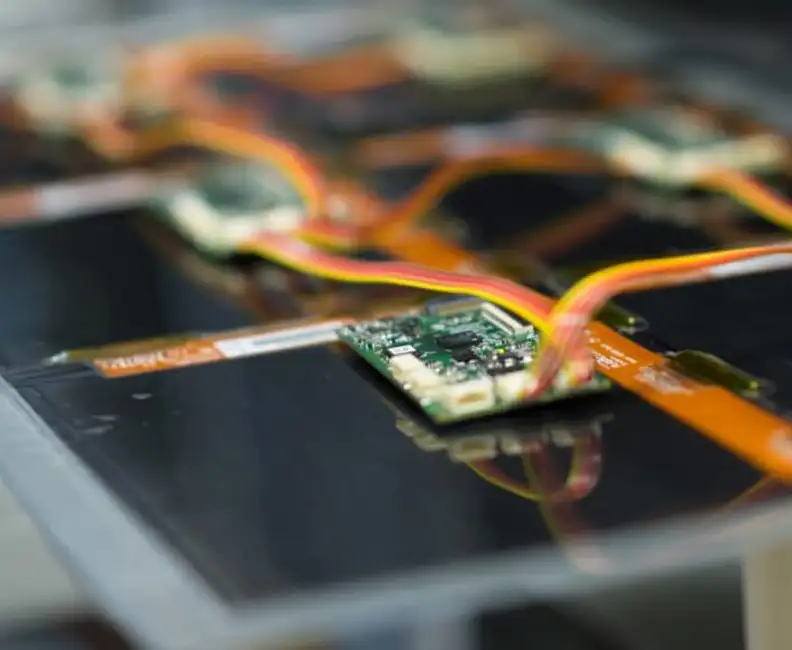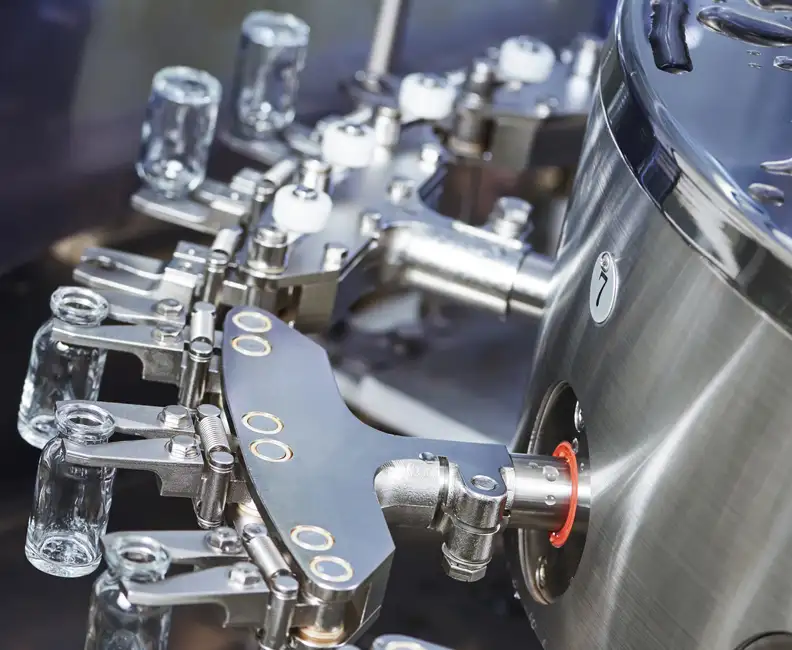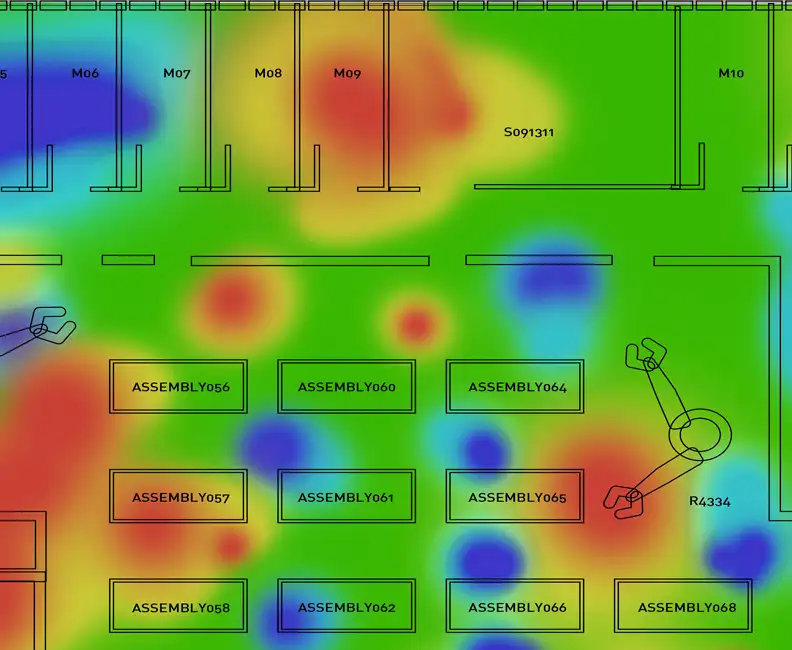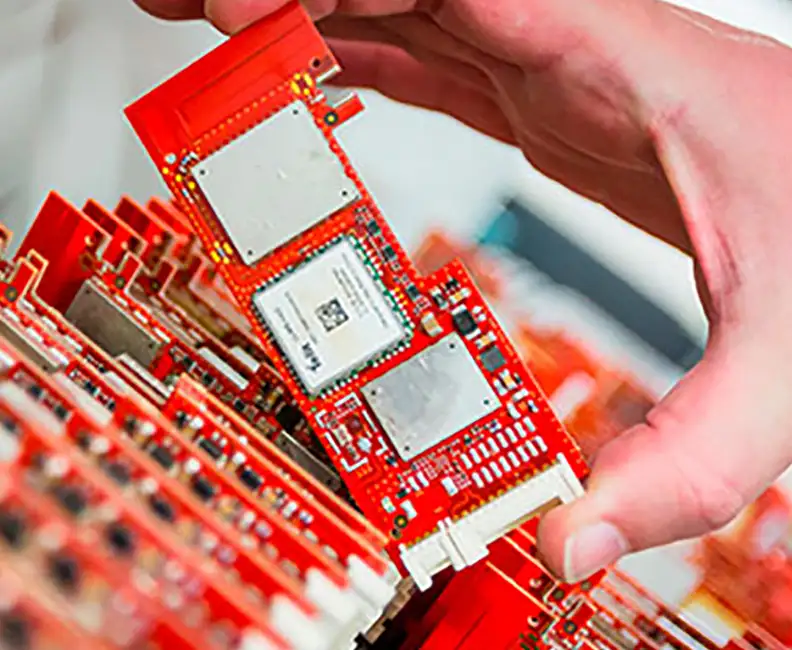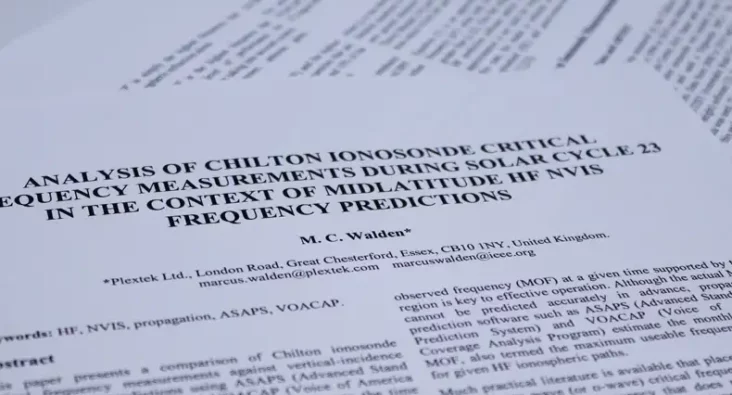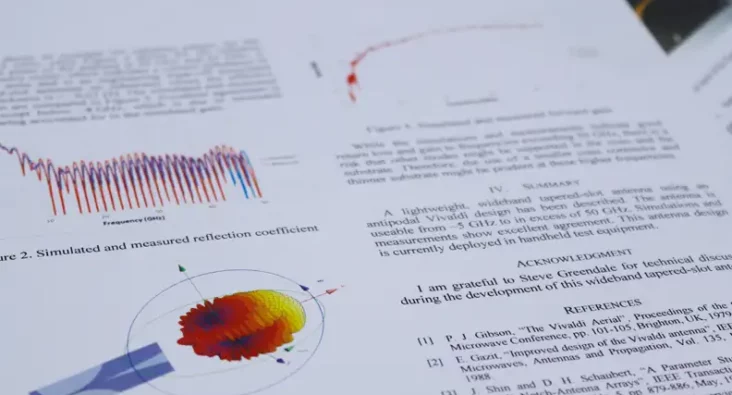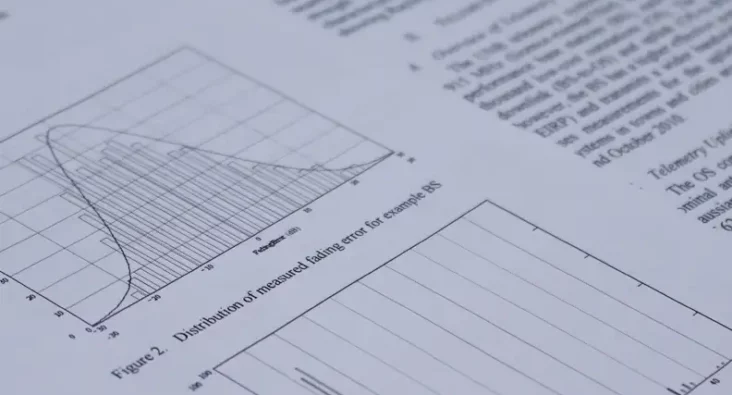
Communication System Modelling
Virtual freedom to put novel ideas to the test rapidly and at a lower cost
Mimicking what’s going on in the real world is at the heart of communication system modelling – giving the freedom to explore and experiment with changes from the safety of a computer to see what works best.
It involves understanding and simulating all aspects of a communication system, including the environment it needs to operate in, how the radio waves propagate in that environment and how any device will be moving through it – in a car or aircraft, for example.
The environmental considerations could be something as simple as weather – heavy rain is a problem for certain frequencies, for example – or it could involve simulating solar rays in the upper atmosphere for satellite communications.
Smart city or industrial automation applications can be evaluated without having to build an actual test network – and communication systems for special events can be stress tested in advance to determine the WiFi capacity required for the expected attendance figures.
Real-world challenges
Key skills

-
Advanced modelling and simulation
Proficiency in using simulation tools (e.g. MATLAB, ns-3, Python) to model complex communication systems and assess their performance under various scenarios.
-
Efficient RF and signal processing techniques
Extensive experience in RF engineering and applying advanced signal processing techniques to mitigate interference and improve system capacity.
-
Wireless system design and optimisation
Capability to design and optimise wireless communication systems, including WiFi and 5G networks, using knowledge of protocols and channel characteristics.
-
Internet of Things (IoT) and smart systems development
Proficiency in designing low-bandwidth applications for IoT devices, including network planning and protocol design tailored for smart city and industrial automation.
-
Link budget and network planning
Competence in performing link budget analysis and strategic network planning for both cellular and ad hoc networks to ensure coverage and capacity.
-
Practical implementation of theory
Experience in translating theoretical models and simulations into real-world applications, demonstrating technological agility and innovation.
What sets us apart in communication system modelling?
Plextek’s wide range of skills and experience enables us to choose the right tools and produce accurate results which are relevant for each specific application, including:
- 5G
- AI & ML in communication systems
- Cellular and ad hoc network planning
- Channel interference
- High-bandwidth streaming optimisation
- Link budget
- Low-bandwidth IoT applications
- MATLAB
- Mobility and fading models
- Multi-user system modelling
- ns-3 simulator for network analysis
- Protocol design and optimisation
- Python
- RF propagation
- Signal processing
- Simulation tools for network planning
- WiFi capacity planning
- Wireless communications








